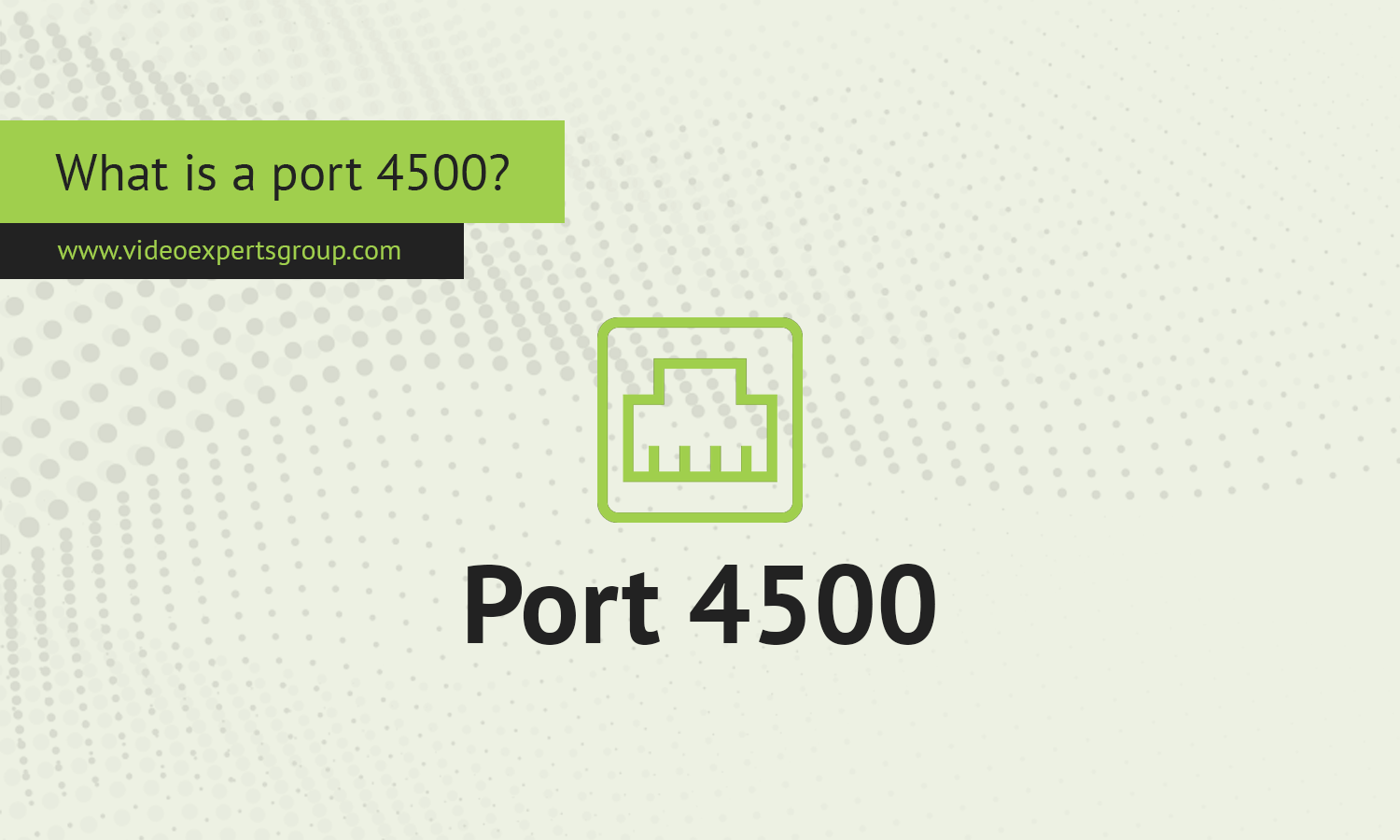Ports, which serve as virtual doorways, are essential for facilitating this communication. Each port is assigned a specific number that links it to particular services and protocols. Port 4500 is one such port, playing a vital role in the security of network communication, particularly in the context of virtual private networks (VPNs).
Meaning
Port 4500 is closely associated with the Internet Protocol Security (IPsec) protocol suite, particularly in conjunction with the Internet Key Exchange (IKE) protocol. IPsec is a framework of protocols designed to ensure secure communication over IP networks by providing encryption, authentication, and data integrity. IKE, as part of IPsec, is responsible for establishing and maintaining secure communication channels between devices.
Port 4500 is specifically used for IPsec when it operates over Network Address Translation (NAT) environments. NAT is a technology used to translate private IP addresses into a single public IP address, allowing multiple devices on a private network to access the internet using one public IP. While NAT is beneficial for conserving IP addresses and enhancing security, it poses challenges for IPsec communication. Port 4500 addresses these challenges by allowing IPsec traffic to traverse NAT devices without losing the integrity and security of the communication.
What is Port 4500 Used For?
NAT Traversal (NAT-T)
The primary use of Port 4500 is to facilitate NAT Traversal (NAT-T) in IPsec VPNs. NAT devices typically modify the IP headers of packets passing through them, which can disrupt the functioning of IPsec, as it relies on the integrity of these headers for secure communication. NAT-T is a technique that allows IPsec traffic to pass through NAT devices without being altered.
When an IPsec connection detects that it is operating in a NAT environment, it switches from using Port 500 (the standard port for IKE) to Port 4500. This port enables the encapsulation of IPsec packets in User Datagram Protocol (UDP) packets, allowing them to traverse NAT devices without issues. This encapsulation ensures that the data remains secure and that the communication between the VPN client and server is not interrupted.
Virtual Private Networks (VPNs)
Port 4500 is integral to the operation of VPNs that use IPsec. VPNs are commonly used to create secure connections over public networks, such as the internet, allowing users to access private networks remotely. By using Port 4500, VPNs can maintain secure, encrypted connections even when users are behind NAT devices, which are common in home and office networks.
For instance, when a remote worker connects to their company’s network via an IPsec VPN, Port 4500 ensures that the connection remains secure, regardless of whether the worker’s device is behind a NAT device. This capability is essential for maintaining the confidentiality and integrity of data transmitted between the worker’s device and the company’s network.
Secure Communication in Mobile Networks
Port 4500 is also widely used in mobile networks, where devices frequently move between different network environments that may include NAT devices. IPsec VPNs that utilize Port 4500 enable mobile devices to maintain secure connections to corporate networks or other private networks, regardless of their location or the type of network they are connected to.
Vulnerabilities
While Port 4500 is essential for secure communication in NAT environments, it is not immune to vulnerabilities. Understanding these vulnerabilities is crucial for maintaining the security of IPsec VPNs and other services that rely on this port.
Man-in-the-Middle (MITM) Attacks
One potential vulnerability associated with Port 4500 is the risk of Man-in-the-Middle (MITM) attacks. In a MITM attack, an attacker intercepts and potentially alters the communication between two parties. While IPsec provides robust encryption to prevent such attacks, if the initial key exchange is compromised, an attacker could intercept the keys and decrypt the communication.
To mitigate this risk, it is important to use strong encryption algorithms and secure key exchange methods. Additionally, implementing certificate-based authentication can help ensure that the devices communicating over the VPN are legitimate and trusted.
Denial of Service (DoS) Attacks
Port 4500, like other network ports, can be targeted in Denial of Service (DoS) attacks. In a DoS attack, an attacker floods the port with excessive traffic, overwhelming the VPN server and causing it to become unresponsive. This can disrupt the secure communication between the VPN client and server, leading to downtime and potential loss of data.
To protect against DoS attacks, network administrators can implement rate limiting, traffic filtering, and other security measures on devices using Port 4500. These measures can help prevent the server from being overwhelmed by malicious traffic.
Vulnerability to Misconfiguration
Another potential issue with Port 4500 is the risk of misconfiguration. If IPsec VPNs are not configured correctly, they may not properly switch to using Port 4500 in NAT environments, leading to failed connections or degraded security. Misconfigurations can also lead to issues with the encapsulation of IPsec packets, potentially exposing them to interception or modification.
To avoid these issues, it is important to follow best practices when configuring IPsec VPNs, including ensuring that NAT-T is correctly implemented and that all relevant ports are properly configured.
Port 4500 is a critical component in ensuring secure communication in environments where NAT devices are present. It plays a vital role in the operation of IPsec VPNs, enabling secure, encrypted connections to be maintained even in complex network environments. However, like any port used in security protocols, it comes with potential vulnerabilities. By understanding these risks and implementing appropriate security measures, organizations can ensure that their use of Port 4500 supports the secure and reliable communication needed in today’s digital world.
















